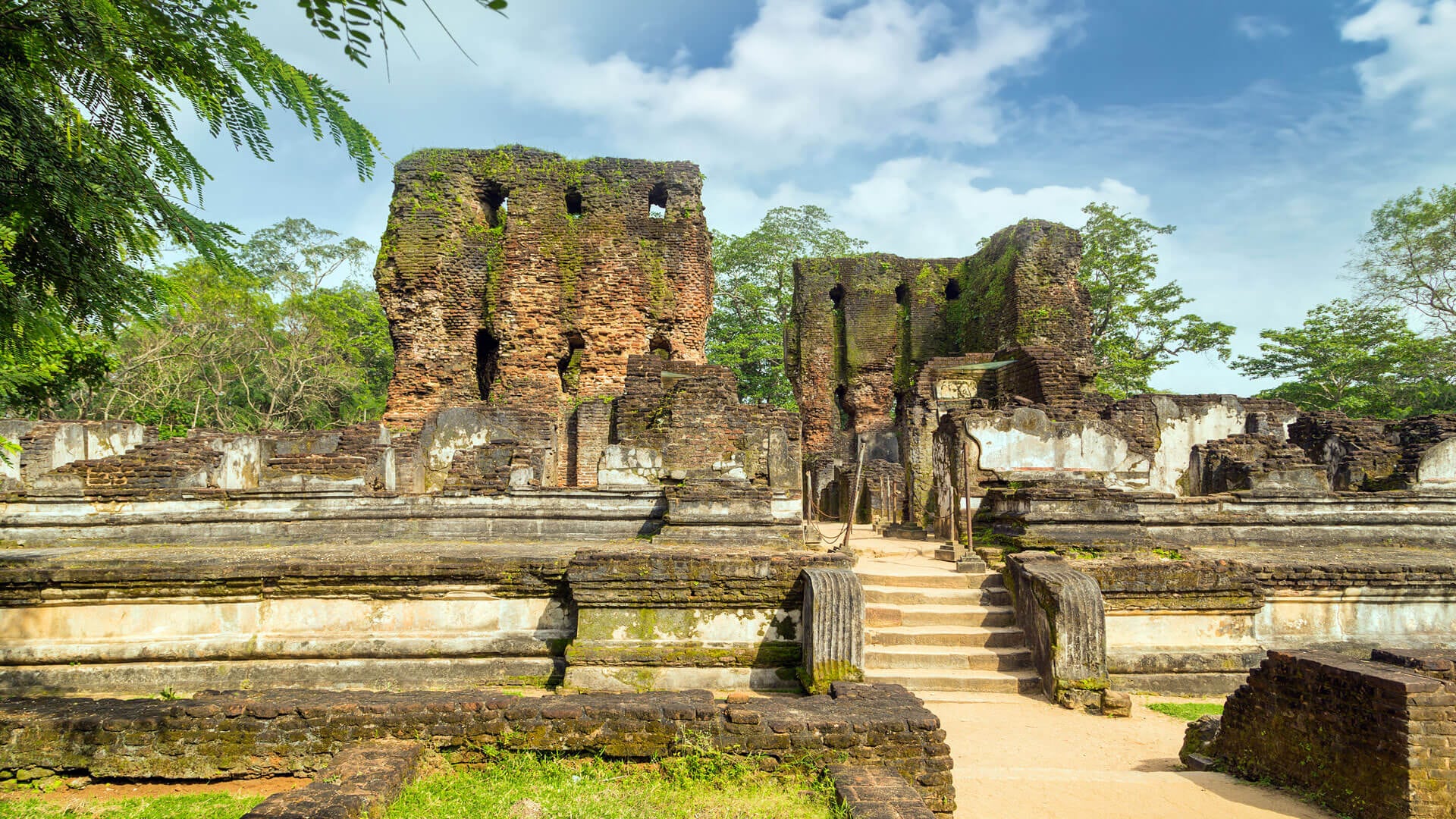Cultural heritage is an essential component of a nation’s economic and social growth and is not just about our history. Economic governance and globalization have intensified the interactions between states to encourage cultural diversity and to preserve cultural heritage. Foreign states focus more on cultural tourism and the sustainable use of cultural heritage to improve mutually supportive dimensions of economic governance and cultural heritage. Nonetheless, in Sri Lanka, instead of focusing on the economic benefits out of the sustainable use of cultural heritage, the ruling party coming to power from time-to-time efforts to use cultural heritage as a tool to maintain division among people based on their ethnicities. Sri Lanka mocks its heritage, cultural values, plurality, and national identity.
A notable illustration of this is the recent resignation of the Director-General of the Department of Archaeology. Prof Anura Manatunga resigned from his post on June 15, 2023, following the remarks made by the President on the conduct of the Archeology Department in the North and Eastern Provinces. The President’s recent comments included, “Are you trying to teach me history, or do you want me to educate you?” made the DG tender his resignation from his post to the Secretary of the Ministry for Buddhasasana, Religious, and Cultural Affairs.
The Northern and Eastern provinces are famous for their scattered and unexplored religious and archaeological ruins, even though the civil war has destroyed them while displacing inhabitants of the area for years. The ruins at the Kurundi (Kurundumale, Kurundavashoka: Tamil: Kurundumalei) in Mullaitivu district are at the heart of the debate these days due to their cultural significance. King Kallatanaga (109–104 BC), according to Mahavamsa, is credited with building the Kurundavashoka Monastery. King Aggabodhi I (575–608) and King Vijayabahu I (1070–1110) are also listed as having made different endowments to the monastery. According to Tamil, Athi Aiyanar temple is a historical temple, and they had their ancestral village named Kuruntanur in the same area. It is the duty of the Archeological department to decide which areas to be determined as archeological reserves based on the archaeological shreds of evidence and not by any other person nor even the President. It is reported that the President has demanded that the Department of Archeology to remove border stones that are being used as justification for acquiring publicly owned land. Can the President impose such an order on a statutorily established body? It is a question.
The primary legislation that governs the preservation of antiquities, sites, and buildings of historical or archaeological importance in Sri Lanka is the Antiquities Ordinance, No. 9 of 1940, enacted by British colonial rule, based on the knowledge that existed those days in Europe. The Ordinance was passed mainly to preserve the antiquity of the inbuilt properties and historical objects, and not the visuality nor the values attached to the heritage. The provisions of the Antiquities Ordinance have been amended only one time by Act No 24 of 1998. The Ordinance needs to be adequately amended to repair imperfections and to improve outdated laws and institutional frameworks. The discourse of cultural heritage has evolved drastically in the international context to include movable and immovable cultural properties, intangible cultural objects, as well as the underwater cultural heritage and cultural expressions accepted under UNESCO Conventions in accordance with modernity. Nonetheless, independent Sri Lanka has yet to look at heritage protection from its own perspective. Instead of enacting legislation, it has amended the British-enacted legislation to introduce specific changes to make it live artificially.
Who is legally responsible for protecting the cultural heritage of Sri Lanka? While everyone has a moral duty to protect and conserve the natural heritage for future generations, according to the Antiquities Ordinance, Director-General is the sole authority for protecting archaeological heritage. Section 30 of the amended Ordinance says the Director General of Archaeology is empowered to formulate a national archaeological policy and to coordinate and implement such policy after it is approved by the Government, to inventories the archaeological heritage of Sri Lanka, to conduct research into every aspect of the archaeological heritage of Sri Lanka, to enhance public awareness of the archaeological heritage of Sri Lanka, to levy an entrance fee where it is considered necessary at selected sites or visitor centers and to conduct archaeological impact assessment in the required fields.
Section 33 says the Director-General of Archaeology may, with the approval of the Land Commissioner or if approval is refused by the Land Commissioner, with the approval of the Minister to whom the subject of State lands is for the time being assigned, declare, by notification published in the Gazette, any specified area of that land to be an archaeological reserve for the purposes of this Ordinance. Any area of State land reserved for archaeological purposes before the date on which this Ordinance comes into operation shall be deemed to be an archaeological reserve irrespective of any Gazette notification. Accordingly, On May 12, 1933, the British-run archaeology department gazette designated 78 acres of land as an “archaeological site” in the disputed area close to the Kurundi temple. If more land is to be added to the archeological reserve, it has to be done following the due procedure of law by the archeologists and not the Executive President.
Once an area is declared as an archaeological reserve, nobody can illegally enter into such a reservation. The property becomes public property therein. Section 34 of the Ordinance stipulates that any person who clears or breaks up any part of an archaeological reserve or erects any building or structure upon any such reserve, or fells or otherwise destroys any tree standing on any such reserve or otherwise encroaches on any such reserve, shall be guilty of an offence. In addition, the Magistrate has the power to make an order that such person shall be forthwith ejected from such reserve. Since our law is outdated, there is no reference to the sustainable use of archeological sites for economic benefits. Our law is not sensitive toward the sustainable use of cultural heritage. However, foreign heritage laws have been developed to include sustainable utilization of cultural heritage to enhance the well-being and quality of life of communities. The Heritage Act 1995 of Australia is an example of this.
All humans share in the cultural legacy of archaeology. Once a property or an object is identified as an archeological heritage, it does not belong to one ethnicity or a group of people; it belongs to all humankind. It must be admitted that the President severely undervalued archaeology as a whole in his remarks. Instead of protecting cultural heritage from threats posed by economic globalization, unfortunately, we have to find ways to maintain the independence of administrative officers, i.e., archeologists, without any interference from the political authority. Archaeologists are expected to work with verifiable evidence; he or she does not renege on moral principles in support of a political agenda. The unfettered discretionary power of the political authority to involve in the archaeological sector has to be curtailed to protect the nation’s archaeological legacy. Otherwise, this might serve as motivation for those who desecrate monuments and historical sites for their own personal agendas.
Niroshika Liyana Muhandiram
(The author is a PhD Candidate at the South Asian University, New Delhi, India. She has also served as a Senior Lecturer at the Department of Legal Studies of the Open University of Sri Lanka. Her research interest includes interphase between environment and investment, investment treaty arbitration, commercial arbitration, and private international law)



